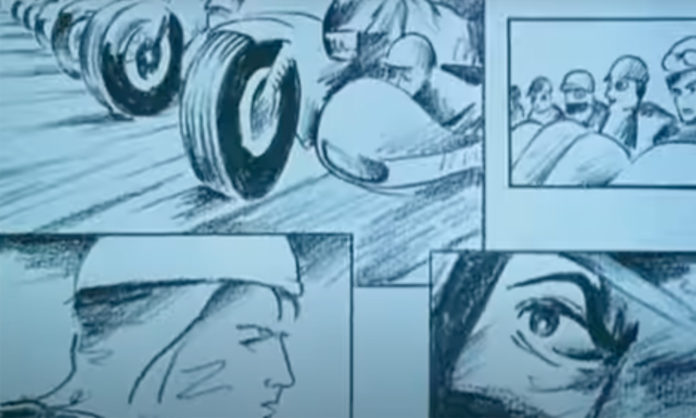Having problems with structure? Does your novel have dead spots or problems with pacing? In a new blog post, Mary Carroll Moore says storyboards can help you find your gaps. “Truth is, I dislike them,” Moore admits. “I revere them, and I use them because they work, but I absolutely hate the startle they bring when the process shows me all my gaps and errors: places I have too much or too little, where I’ve written on track or on a tangent.”
Storyboard are mostly used in the film industry, to lay out a story, verify pacing, and track a character’s arc. “A basic storyboard is a giant blank cartoon–rows of empty boxes lined up on a page or wall or posterboard,” Moore explains. “You insert ideas, then you move the boxes around until the sequence of ideas equals a reasonable flow for your book.”
Moore uses storyboards for plot, but also for character development. “Using my plot chart, I write Post-It notes for the beginning and ending boxes: where I want each of these three characters to begin their story and where I want them to end,” she explains. “Then I begin to imagine what could change along the way.”












